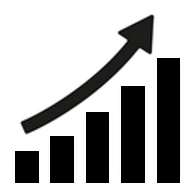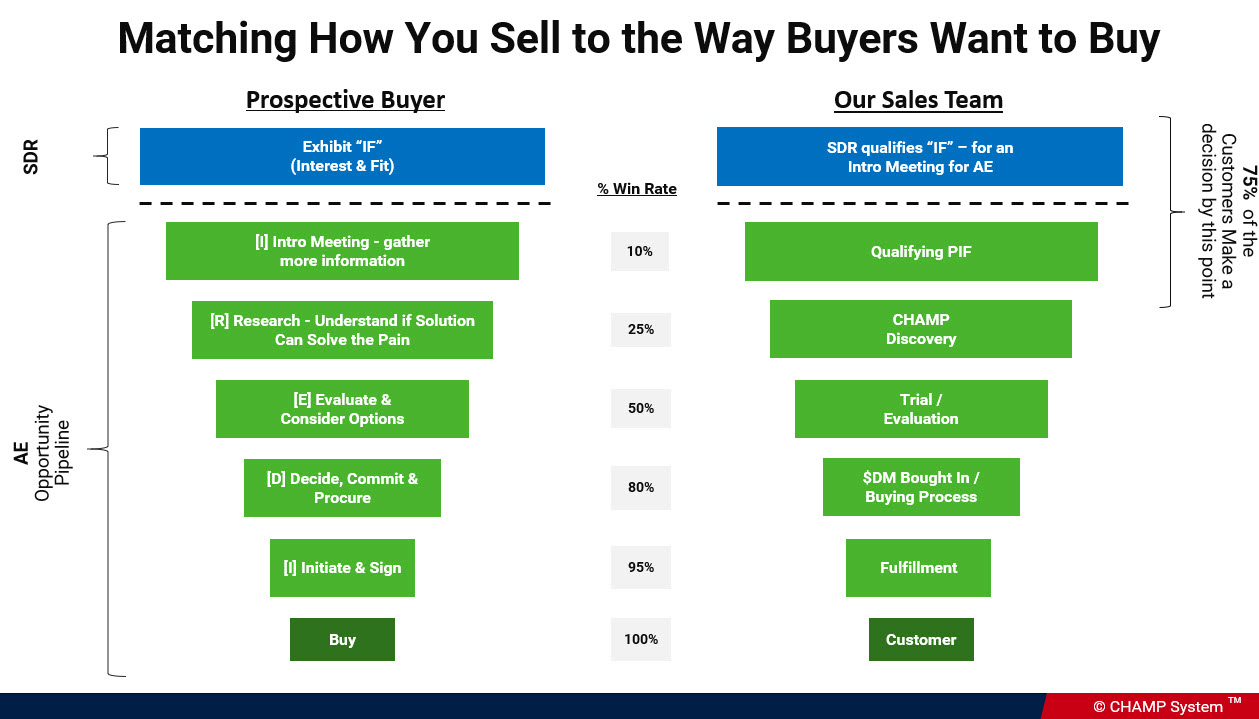“If you can’t describe what you are doing as a process, you don’t know what you’re doing.” – W. Edwards Deming
To grow your team that sells effectively and efficiently and to scale your revenue growth, every VP of Sales must operationalize selling into a defined, formal, structured framework for the sales force that makes selling consistent, repeatable and predictable. This is called a “Sales Process” (i.e. sales is a process) and it should be a document with workflows, stages, entry or exit criteria, clear definitions and specific workflow instructions for your sales team.
Obviously, selling itself is a process. But a “Sales Process” is something that you *engineer* and create very specific and clear series of actions that each sales rep should take to move from a Qualified Lead to an Opportunity and then move the Opportunity from stage to stage and all the way to closure. Every effective head of sales needs to ensure that there is a formal “Sales Process” specifies (and has visual diagrams) of structured and sequential stages or steps. And these steps should be designed to improve the seller and buyer interaction – these steps should always be rooted and based on a “buyer’s journey” – i.e. they should match how your prospective customers (your target buyers in the market) want to buy. The VP of Sales is the one to “engineer” this standardized framework of sales stages that have entry criteria or gates, as well as exit criteria or milestones, and specifies how a sales professional can engage with the prospective buyer and move the Opportunity along until it is closed.
Sales Process is designed to provide a clear framework that guides your selling activities step by step and increases the seller’s ability to communicate and deliver value to the buyer during the buying cycle and thus during the seller’s selling cycle. It provides a “common language” between sales managers and sales AEs.
Also, a Sales Process helps sales professionals to qualify the Opportunity, advance it, increase the Win Probability and close the Opportunity. It is used for Pipeline Management and Forecasting – how you manage your Opportunities in your sales pipeline. It’s not to be confused with a Sales Methodology (like Sandler Selling, SPIN, Solution Selling, etc.) which includes strategies, tactics and methods that a sales team uses to engage with prospective buyers during their buying journey.
It’s a selling roadmap that ensures consistency in how the sales professional engages with the prospect and provides the seller better:
- control
- understanding of any gaps in the selling cycle
It gives clear entry and exit criteria for each stage so that sales reps and managers can quickly identify the progress of sales opportunities and coach the sales rep on activities, behavior and what to do to ensure the best Win Rate possible.
A Sales Process lays out multiple steps that should be followed carefully to increase the Win Probability by allowing the sales AE to maintain a good handle on the sales engagement – these steps shouldn’t be skipped otherwise the sales AE will fall into the Prospect’s “process” which frequently leads to misalignment, disconnects and ultimately bad outcome (not just for the seller but buyer as well).
Below an example a visualization in a form of a Sales Funnel diagram of what a B2B SaaS Sales Process can look like and how you would want to map and match the corresponding stages (match your selling to the way your prospective customers want to buy) with an added set of possible % Win Rates (i.e. probability of winning a deal from any given stage to the closed-won deal).

